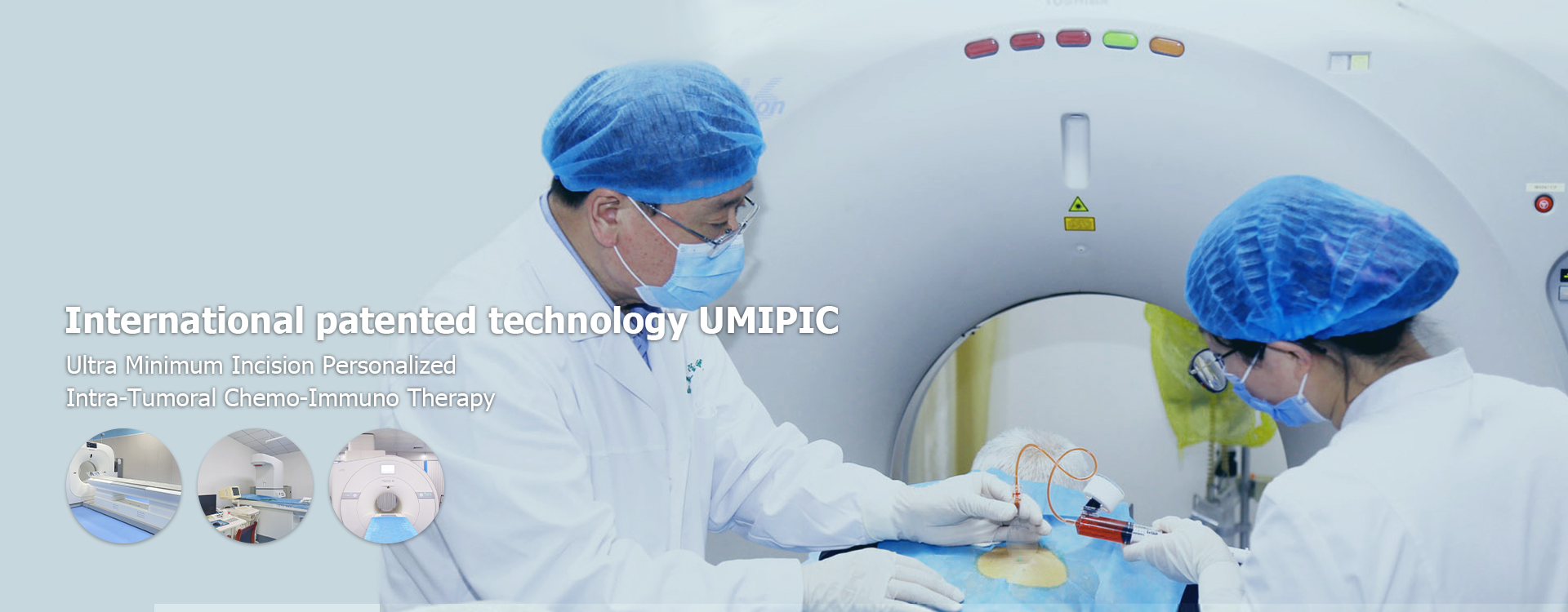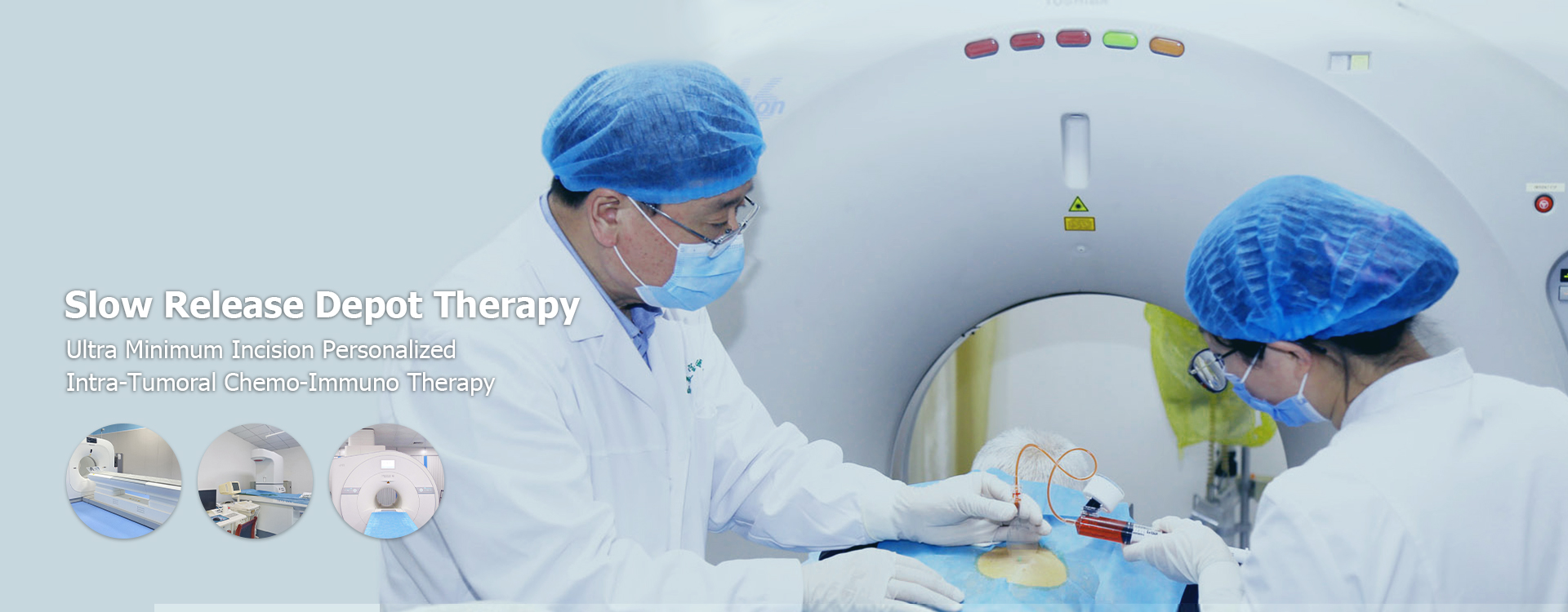
lung cancer treatment options by stage
Lung Cancer Treatment Options by StageLung cancer treatment options vary significantly depending on the stage of the cancer. This article provides a comprehensive overview of the different treatment approaches for each stage, emphasizing the importance of personalized care and the latest advancements in lung cancer treatment options by stage. We'll explore surgical options, chemotherapy, radiation therapy, targeted therapy, and immunotherapy, highlighting their roles at different stages of the disease. Understanding your specific diagnosis is crucial in making informed decisions alongside your healthcare team.
Understanding Lung Cancer Stages
Lung cancer is staged using a system that considers the size and location of the tumor, the presence of lymph node involvement, and whether the cancer has metastasized (spread) to distant organs. The most common staging system is the TNM system, which uses letters to represent the tumor size (T), lymph node involvement (N), and metastasis (M). These factors are combined to determine the overall stage (Stage I-IV), which significantly impacts lung cancer treatment options by stage. Earlier stages generally have better prognoses and more treatment options available.
Stage I Lung Cancer
Stage I lung cancer treatment options by stage typically involve surgery to remove the tumor and surrounding lung tissue. The specific surgical procedure depends on the location and size of the tumor. Options include lobectomy (removal of a lobe of the lung), wedge resection (removal of a small section of lung), or segmentectomy (removal of a lung segment). In some cases, minimally invasive techniques like video-assisted thoracoscopic surgery (VATS) may be used. Following surgery, adjuvant chemotherapy or radiation therapy may be considered to reduce the risk of recurrence.
Stage II Lung Cancer
Treatment for Stage II lung cancer treatment options by stage often combines surgery with adjuvant chemotherapy or radiation therapy. The extent of surgery is similar to Stage I, but the addition of adjuvant therapy aims to improve outcomes by targeting any remaining cancer cells. The choice between chemotherapy and radiation therapy depends on several factors, including the patient's overall health and the specific characteristics of the tumor. Shandong Baofa Cancer Research Institute offers comprehensive surgical and adjuvant therapy options.
Stage III Lung Cancer
Stage III lung cancer treatment options by stage is more complex and often involves a combination of treatments. This may include surgery (if feasible), chemotherapy, and radiation therapy (often given concurrently). Targeted therapy or immunotherapy may also be considered depending on the specific genetic characteristics of the tumor. The goal is to shrink the tumor as much as possible and improve survival rates. Advanced techniques, such as stereotactic body radiotherapy (SBRT) and immunotherapy, are increasingly used in Stage III.
Stage IV Lung Cancer
Stage IV lung cancer treatment options by stage is considered metastatic, meaning the cancer has spread to distant organs. The focus shifts from curative treatment to palliative care, aimed at improving quality of life and extending survival. Treatment options include chemotherapy, targeted therapy (if appropriate genetic mutations are present), and immunotherapy. Clinical trials may also be an option to explore new and innovative treatment approaches. Supportive care, including pain management and symptom relief, is crucial at this stage.
Choosing the Right Treatment
The choice of treatment for lung cancer treatment options by stage is a highly personalized decision, made in close consultation with an oncologist. Several factors are considered, including the stage of cancer, the patient's overall health, and the specific characteristics of the tumor. Genetic testing may be performed to identify potential targets for targeted therapies. The decision-making process also involves discussing the potential benefits and risks of each treatment option and weighing them against the patient's preferences and goals.
Emerging Treatments
The field of lung cancer treatment is constantly evolving. There are ongoing advancements in targeted therapies, immunotherapies, and other innovative approaches. Staying informed about the latest research and discussing emerging treatment options with your healthcare team is crucial.
| Stage | Common Treatment Options |
|---|---|
| Stage I | Surgery (lobectomy, wedge resection), potentially adjuvant chemotherapy or radiation |
| Stage II | Surgery + adjuvant chemotherapy or radiation |
| Stage III | Surgery (if feasible), chemotherapy, radiation therapy, targeted therapy, immunotherapy |
| Stage IV | Chemotherapy, targeted therapy, immunotherapy, palliative care |
Disclaimer: This information is for educational purposes only and should not be considered medical advice. Always consult with a qualified healthcare professional for diagnosis and treatment of any medical condition.
Sources: (Add relevant sources for staging information, treatment guidelines, etc. For example, National Cancer Institute, American Cancer Society etc. Cite specific pages where possible.)
Related products
Related products
Best selling products
Best selling products-
 Mark, a prostate cancer bone metastasis patient from the United States
Mark, a prostate cancer bone metastasis patient from the United States -
 PAT, rectal cancer patient from the United States
PAT, rectal cancer patient from the United States -
 Andress, a 9-year-old boy from the United States
Andress, a 9-year-old boy from the United States -
 Nell Smith, a throat cancer patient from Switzerland
Nell Smith, a throat cancer patient from Switzerland -
 Anthony, lymphocytic cancer patient from the United States 24
Anthony, lymphocytic cancer patient from the United States 24 -
 Famous American female painter Muriel
Famous American female painter Muriel
Related search
Related search- China early stage prostate cancer treatment Hospitals
- Cheap liver cancer pain
- treatment primary lung cancer treatment near me
- best prostate cancer treatment centers near me
- treatment for brain tumor cost
- treatment cancer in kidney Hospitals
- China treatment for brain tumor Hospitals
- kidney pain Hospitals
- renal cell carcinoma Hospitals
- umipic Hospitals





